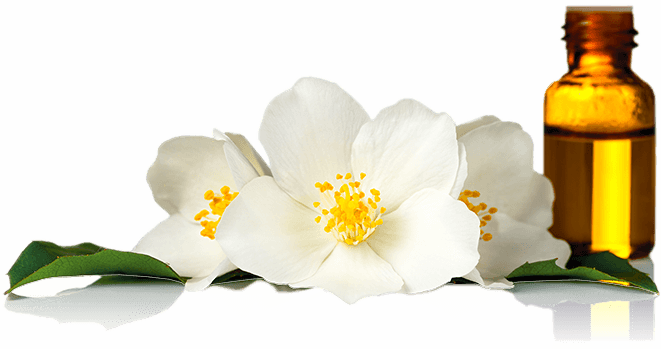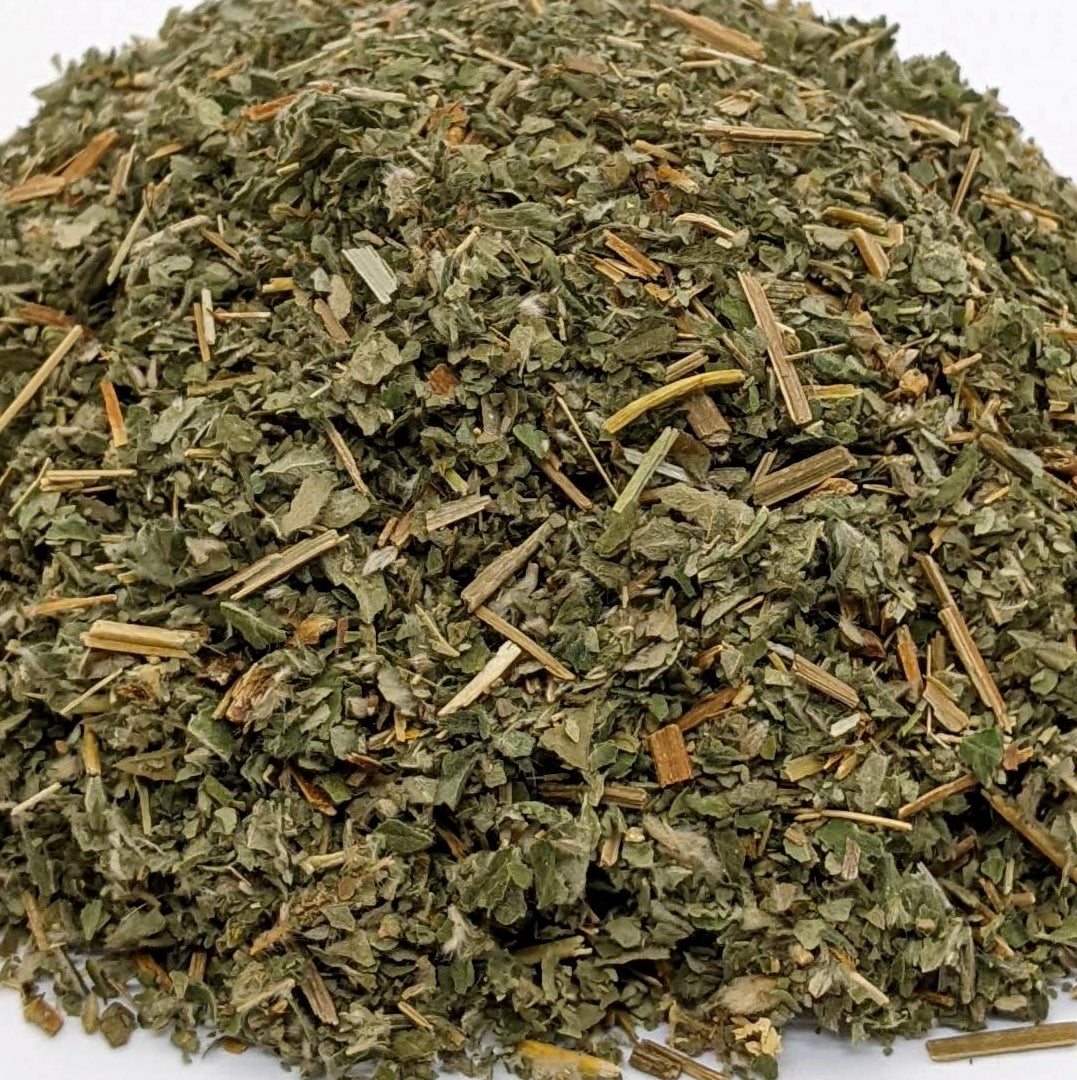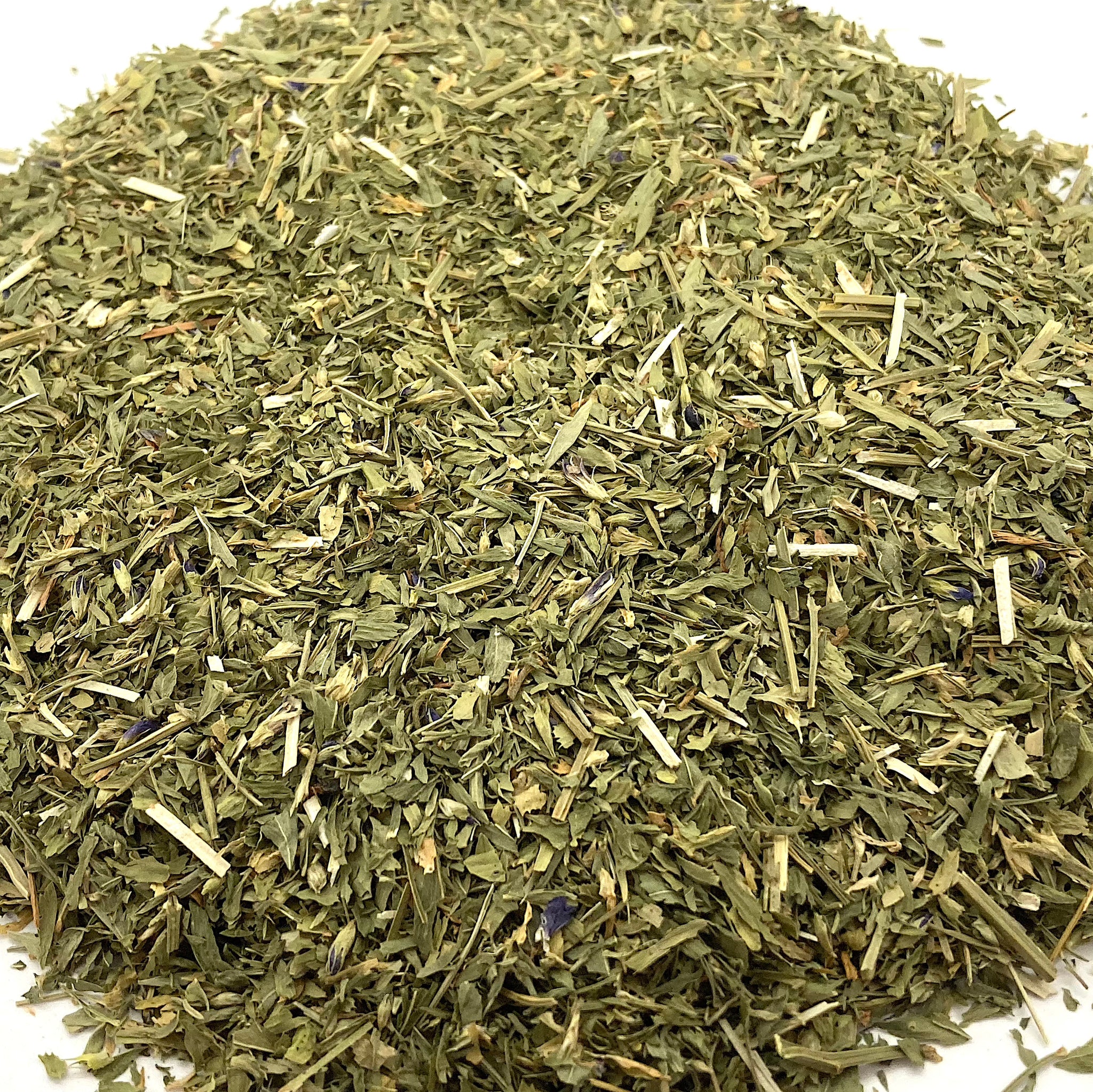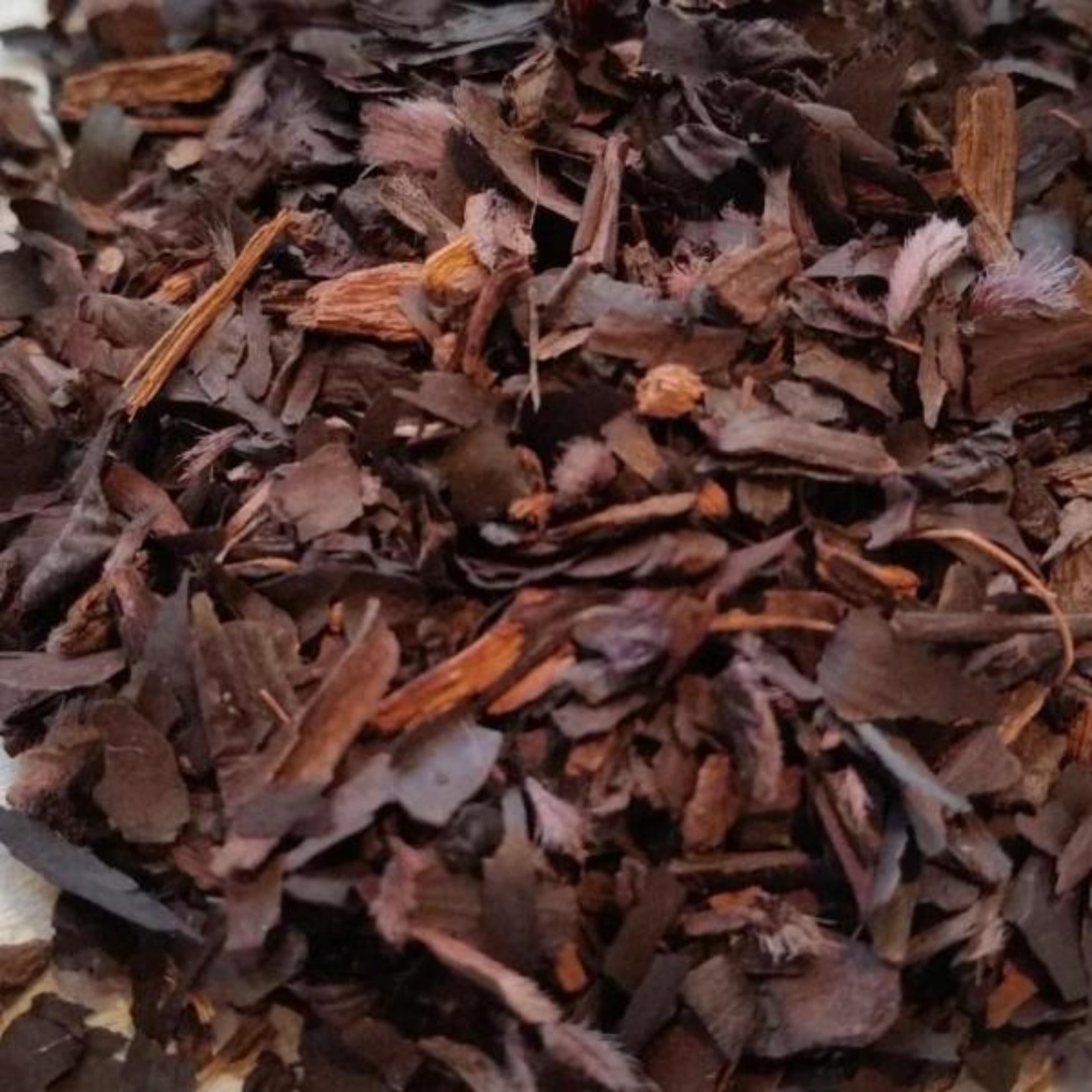Description
MEXICO. Chaparral (Larrea tridentata) Leaf, Wildcrafted
Common names: Creosote Bush, Greasewood, Gobernadora, Hediondilla
Family: Zygophyllaceae
Chaparral is an evergreen shrub, growing from 3 to 10 or more feet tall, in desert areas of the Southwest US, as far east as Texas, and deep into Mexico. The "King Clone" ring, a colony of Chaparral bushes in the central Mojave Desert in Southeast California, is estimated to be nearly 12,000 years old—one of the oldest living organisms on the planet. The plants exude a powerful creosote-like scent.
Native Americans used it for many conditions, including wounds and skin infections, pain, sexually transmitted diseases, tuberculosis, chicken pox, menstrual or intestinal cramps, snakebite, diabetes, and cancer. Chaparral continues to be employed as a folk medicine in Mexico.
The plant contains flavonoids and other compounds with antimicrobial, anti-parasitic, and antioxidant properties. It can be used externally as a fomentation for fungal infections such as athletes’ foot or ringworm, and for other infectious skin conditions, or applied as a poultice to aching joints. It is a common ingredient in the controversial escharotic formula known as Black Salve.
Not recommended for internal use without medical supervision, due to possible effects on the liver and kidneys, especially when those organs are already compromised.
*These statements have not been evaluated by the FDA. These products are not intended to diagnose, treat, cure or prevent any disease.







